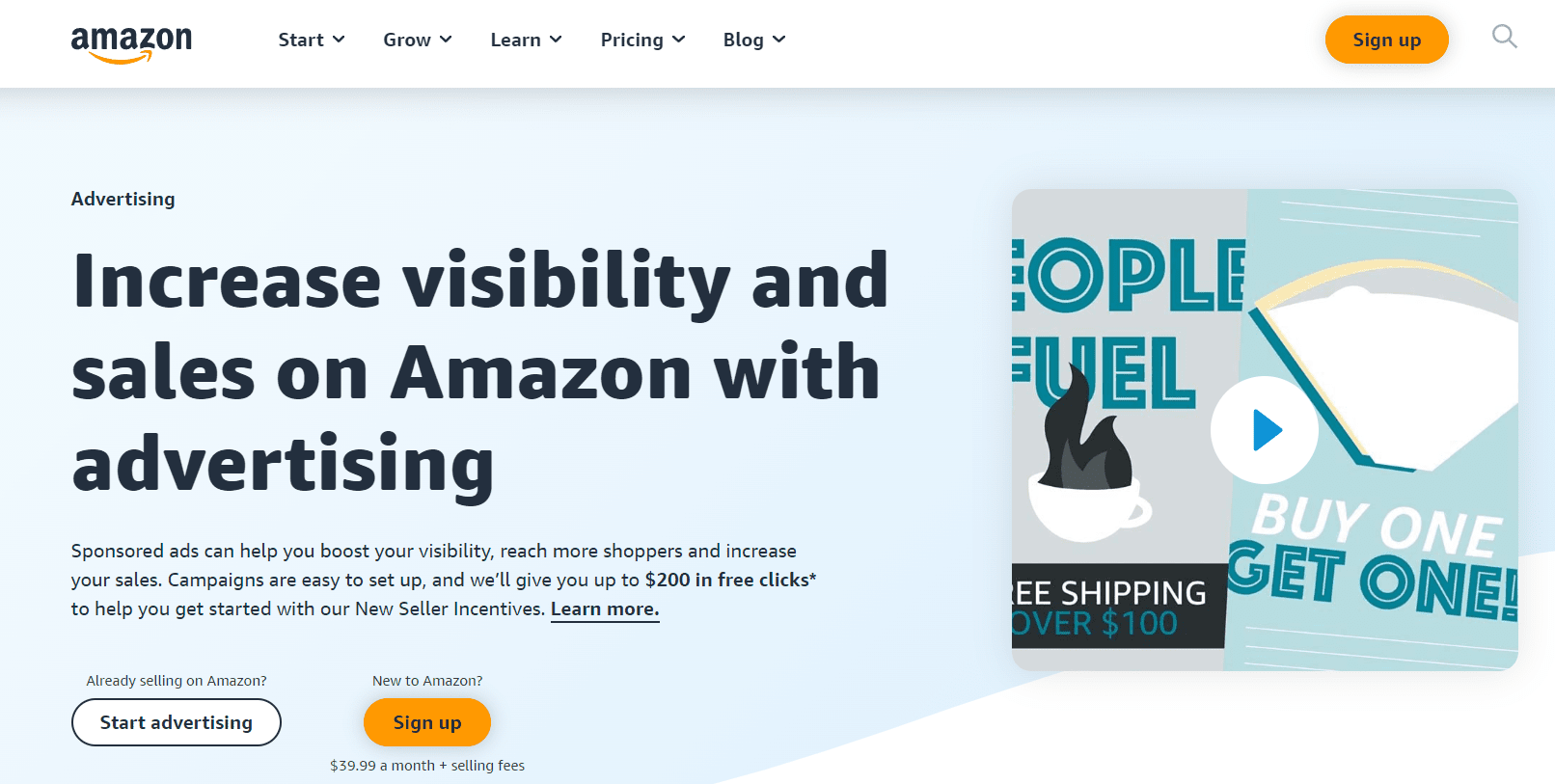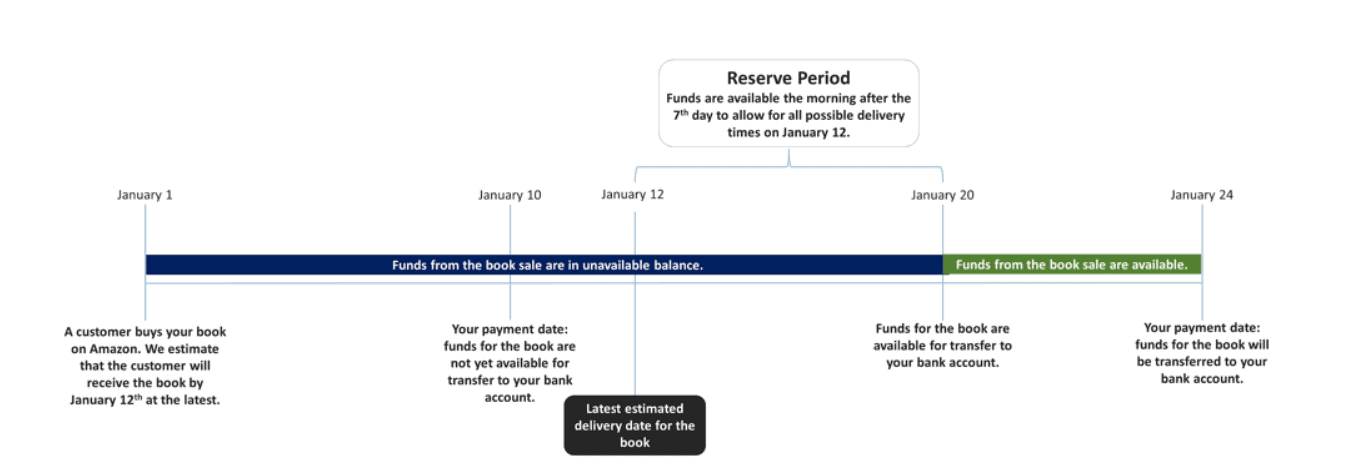As an Amazon seller, you are likely aware of the three Amazon Seller Payment Schedules that Amazon uses to pay sellers for their sales. In this post, we will provide a guide on which schedule you should expect to be paid under based on your product’s category.
Additionally, we will provide insights into why Amazon uses these different payment schedules and what they mean for your business. We hope that this information proves helpful and provides some clarity about how Amazon pays its sellers.
Thank you for reading!
Amazon Seller Payment Schedule
Amazon Seller Payment Schedule is the time period between the placement of an order and when the seller gets paid. For many sellers, this wait can be frustrating, especially if they are reliant on their Amazon income to pay their bills.
In some cases, payments can be delayed due to errors or problems with the buyers’ payment method. However, Amazon typically releases payments within 2-3 days after an order has been placed.
For sellers who are concerned about cash flow, it is important to take this into account when setting prices and planning for expenses. amazon seller payment schedule refers to the time period between when a seller places an order and when they get paid.
This wait can be frustrating for some sellers, especially if they rely on their Amazon income to pay their bills. In some cases, payments may be delayed due to errors or problems with the buyer’s payment method.
However, Amazon usually releases payments within 2-3 days after an order is placed. For sellers who are concerned about cash flow, it is important to take this into account when setting prices and planning for expenses.
Amazon typically releases payments within 2-3 days after an order has been placed, but in some cases, payments may be delayed due to errors or problems with the buyer’s payment method.
How does the Amazon Seller Payment Schedule work?
Amazon has a number of different payment options for sellers. The most common option is to be paid every two weeks, but sellers can also choose to be paid weekly or monthly. There are also options for early payments and special payments for high-selling items.
The Amazon seller payment schedule is designed to make sure that sellers are paid promptly and accurately for their sales. When a sale is made, the funds are transferred to an Amazon-held account.
Once a week, on Tuesday, Amazon releases those funds to the seller’s bank account. There can be a delay of a few days before the funds appear in the seller’s account, depending on the bank’s processing time.
If there are any refunds or chargebacks associated with the sale, those will be deducted from the amount that is deposited into the seller’s account.
The Amazon seller payment schedule is simple and straightforward, and it helps to ensure that sellers are paid promptly for their sales.
Sellers can view their account balance and transactions at any time by logging into their Seller Central account. They will also receive an email notification when their payment has been processed.
If there are any problems with the payment, Amazon customer service will work with the seller to resolve the issue.
How long does it take Amazon to pay sellers?
As an Amazon seller, you might be wondering how long it takes for Amazon to pay you for your sales. The answer depends on a few factors, including the payment method you’ve chosen and whether you’re using an Amazon-approved third-party provider.
Generally speaking, Amazon will deposit your earnings into your account 2-5 days after a sale is made. But if you choose to be paid via check or bank transfer, it may take a few extra days for the funds to arrive.
And if you use a third-party provider, payments may be delayed even further. So if you’re looking to get paid as quickly as possible, it’s best to choose a payment method that works for you and plan accordingly.
Amazon Seller Payment Terms
Amazon offers two types of payment terms for sellers: Professional and Individual.
Professional sellers are charged a monthly subscription fee, and they can list an unlimited number of items for sale on Amazon. Individual sellers are not charged a subscription fee, but they are subject to a per-item listing fee.
In addition, both Professional and Individual sellers are responsible for paying referral fees on the sale of each item. The amount of the referral fee varies depending on the category of the item sold.
For example, the referral fee for books is 15%, while the referral fee for clothing is 20%. Lastly, all sellers are required to pay a closing fee when an item is sold.
The closing fee is based on the total sales price of the item, and it ranges from $0.99 to $2.99. By understanding the different fees associated with selling on Amazon, sellers can be sure that they are prepared to handle the financial side of their business.
Amazon Reserve
Image Credit: https://www.payability.com/
Many Amazon sellers have to deal with an unavailable balance on the payment report, which is commonly referred to as an account-level reserve. This happens when Amazon sets aside a certain amount of money in order to cover any new orders or chargebacks that may occur.
While this policy is designed to protect sellers from financial obligations that are not covered by delivery date-based reserve policies, it can often be a source of frustration for those who are affected by it.
In many cases, the reserved funds are not released for over 14 days, which can seriously impede a seller’s ability to run their business effectively.
Thankfully, there are some steps that sellers can take in order to minimize the impact of an account-level reserve. For example, proactively managing your orders and chargebacks can help to keep the amount of money that is being held in reserve to a minimum.
Additionally, keeping a close eye on your payment reports will allow you to spot any issues as early as possible and take action accordingly. By following these simple tips, you can help to mitigate the impact of an account-level reserve and keep your business running smoothly.
Conclusion- Guide On Amazon Seller Payment Schedule- Best Guide 2024
Amazon sellers should be familiar with the Amazon Seller Payment Schedule so that they can make informed decisions about when to send inventory to Amazon and when to expect payments.
This guide provides an overview of the different types of payments and how they work. Familiarizing yourself with this information will help you plan your business finances more effectively. Have you ever been surprised by a payment from Amazon?
Let us know in the comments below.
Quick Links




